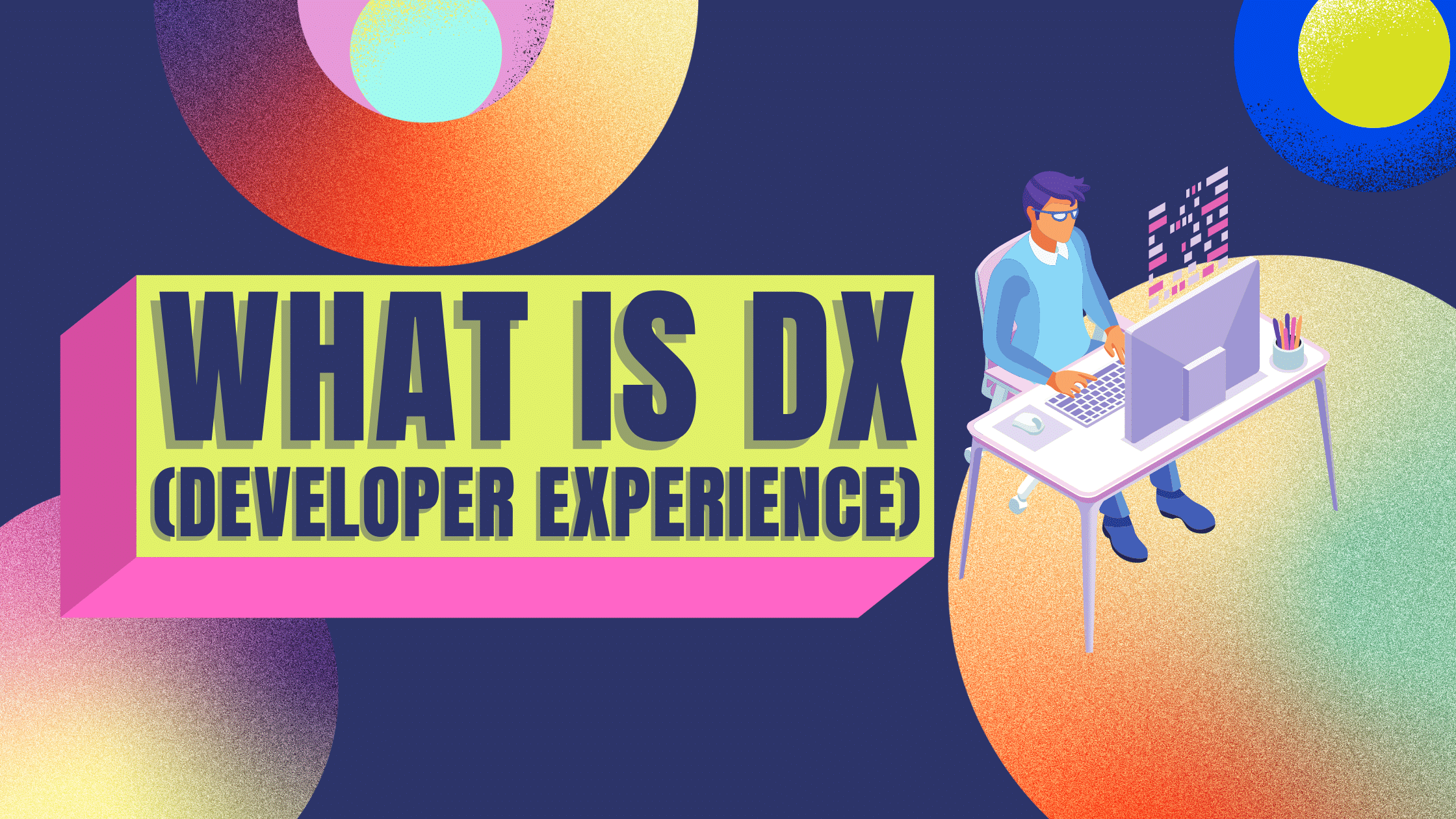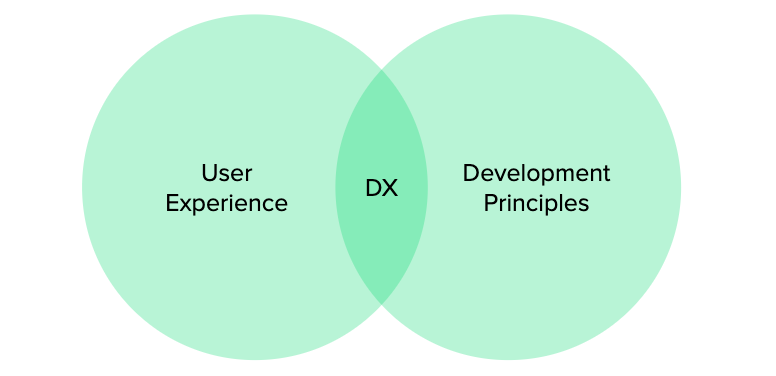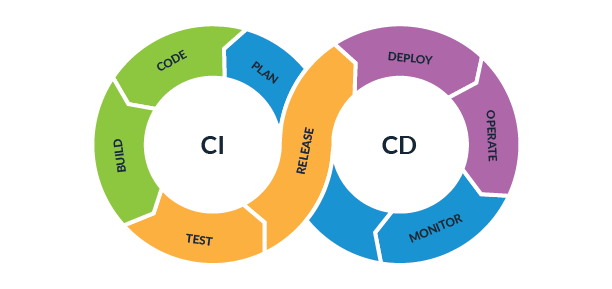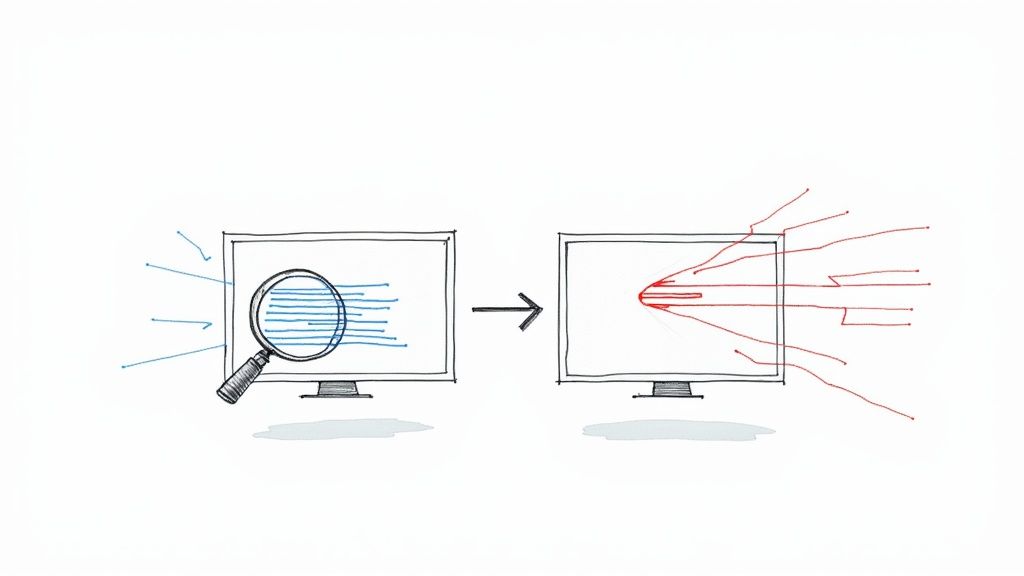What Is DX (Developer Experience)?

Software development depends on a heap of intricately entwined factors to function. From perfect tooling to the right labor-distribution strategies, an optimal developer experience is borne of a great many details being carefully planned and consistently executed, right from the offset. Getting the developer experience just right can help boost productivity, enhance development outcomes, and directly impact the end user's experience in a highly positive way. Of course, perfecting your team's DX is much easier said than done.
To truly succeed at improving the developer experience, you should first seek to understand it. Once you’ve fully grasped what DX is and why it matters so much, you should have far less trouble making your own DX world-class.
What DX really means
Developer experience or "DX" is all about ease—it’s the ease with which developers implement changes to code and push projects forward. Fostering a positive environment in which developers can concentrate and work to the best of their capabilities is the name of the game. This means that minimal friction is the ultimate goal of developers seeking the best possible experience. To achieve this, cutting down on all of the steps and manual processes that detract from productivity is not only encouraged but absolutely necessary.

For developers, obstacles can arise just about anywhere, including not only the software development kits (SDKs) and application programming interfaces (APIs) that they use, but also the environment they work in and the processes they have to adhere to regularly. Improving the developer experience comes down to eliminating all of the obstacles that can be done away with and dramatically minimizing those that can’t. You should be prepared to push a DX enhancement initiative to all points of your development process and iteratively improve your approach to match the feedback your team is giving if you want to make a lasting, positive impact.
To truly understand DX as a whole, it helps to look at each of its constituent elements in more detail. The following are the top-level facets of the developer experience that you should account for whenever you intend to make improvements to it.
Strategy
The developer experience is a sociotechnical system, first and foremost. As such, you cannot rely purely on tools and tech to pull through in powering your DX improvements. Your team's strategies and values must align with the goal of enhancing the developer experience as well as the overarching goals of your organization. This balancing act requires no small amount of careful consideration and coordination. So, it should come as no surprise that some companies have begun employing developer experience engineers to lead in this area.
Company culture is key to the developer experience as well, and your DX strategy should mesh with a holistic perspective on underlying values within your organization. Prioritizing things like coordination between development and ops teams can help curb frustration and smooth out the bumps in the more technical facets of your strategy.
Processes
The technological side of your DX enhancement strategy should closely align with the needs of your team members and the essential tasks they’re expected to perform regularly. There are four common essential development tasks you need to consider when working on improving the developer experience. These are:
- Building out new features for a given codebase
- Testing code changes for preventable failures
- Deploying code to production environments
- Debugging code that has been deployed
Unnecessary human intervention in any of the above areas is an enemy to be vanquished in pursuit of the perfect developer experience. The primary objective is to keep developers from devoting too much time and attention to tedious configuration and setup work. This makes it easier for them to add value through productive coding instead of getting tied up in best-automated tasks.
Tools
Automation is at the core of most developer experience-related tool design. Automating tests, for instance, is a great way to help developers focus on what matters most to them and the company: coding.

This approach generally forms the basis of most continuous integration and deployment (CI/CD) techniques, abstracting away the minutiae of unit tests, environment configuration, and more so that developers can stay on track with their primary responsibilities. But other aspects of the development process, such as usage monitoring and security practices, can be simplified for developers through the use of automated tools and platforms as well.
Master DX to do more in less time 🥰
There is more to DX than meets the eye. The developer experience is defined by everything from your company's culture to the tools your team uses to get work done. Improving DX involves seeking out a balance between these many factors that facilitates productivity and cooperation. Mergify makes for a compelling addition to most development teams' toolkits on the tools side of the equation. Automate merges, reviewer assignments, and much more with Mergify. Book a demo today to learn what Mergify can help your team accomplish.





